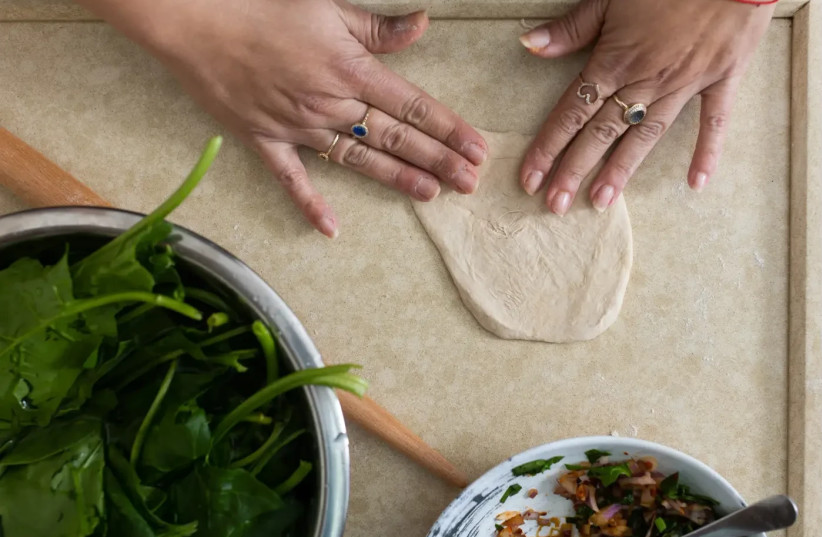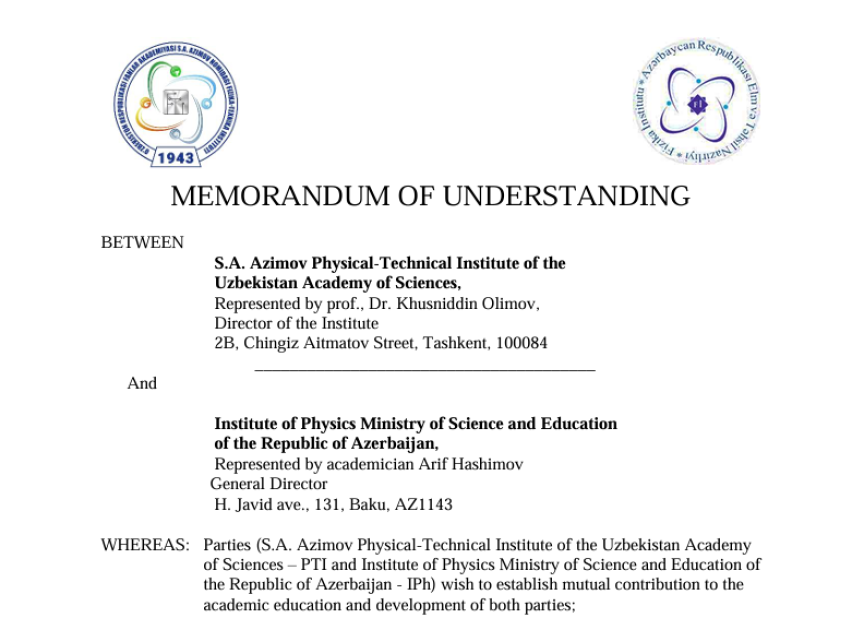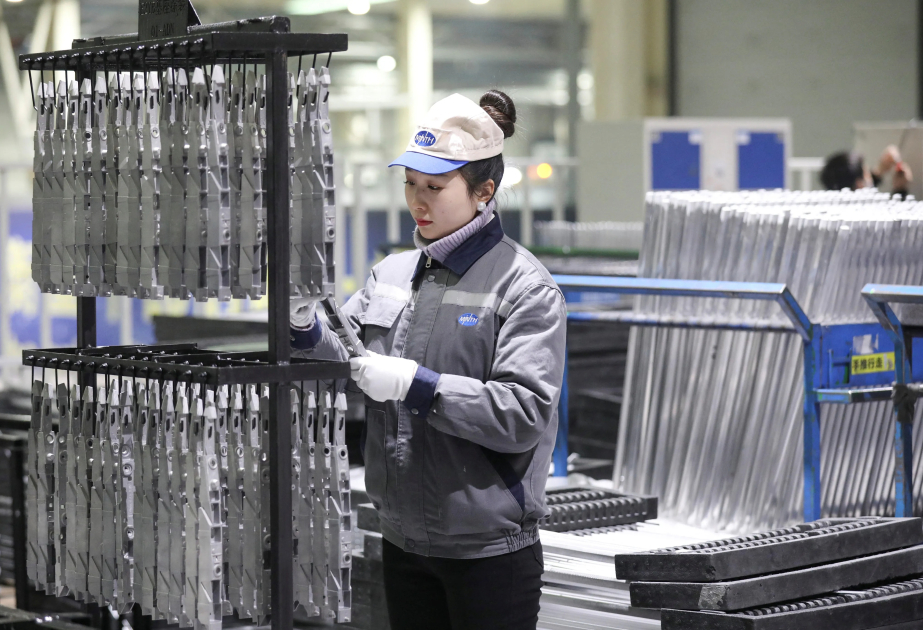Jerusalem Post
ByDR. MAYA ROSMAN
Even if you eat spinach, you are probably not eating it correctly – here’s everything you need to know about the healthiest leaf there is.
Although it has always existed, in recent years spinach seems to be making a comeback – and rightly so. It appears on restaurant menus, in smoothies, in salads, in lasagna, and in green sauces, often as "baby spinach," which is the younger, softer version of the leaves.
So what is the difference between spinach and baby spinach? Both come from the exact same plant, but baby spinach is harvested earlier – when the leaves are more delicate in taste and texture. This makes it especially popular for raw use in salads or green smoothies, while mature spinach leaves are more commonly used for cooking and baking.
Baby spinach can be found in almost any supermarket – in packages of pre-washed leaves. Fresh regular spinach can be found in markets or vegetable stores, and it is significantly cheaper – though it requires thorough washing.
Like basil and mint, spinach can also be grown in a home garden during the appropriate seasons (winter and spring), and it does not require much space.
A brief history of these green leaves
Spinach was first documented in 7th-century Persia and later spread to China, the Middle East, and Europe. In the Middle Ages, it was considered a food for "healers," and in Arabic cuisine it was used for soups, stews, and patties. But the figure who contributed most to spinach’s fame in the 20th century was actually a cartoon character: Popeye the Sailor.
Popeye, who became several times stronger every time he opened a can of spinach, was intended to encourage children to eat vegetables – and even caused a rise in spinach sales during his time.
Why is it considered a “superfood”?
Spinach may help reduce blood pressure: For example, a study published in Clinical Nutrition Research found that a daily intake of spinach, rich in dietary nitrates, lowered blood pressure and improved artery flexibility. Participants who consumed spinach for seven days experienced a significant reduction in systolic and diastolic blood pressure, as well as improved arterial flexibility, compared to the control group.
Health benefits
Almost zero calories and fat – spinach contains 0% fat, 0% cholesterol, and the lowest calorie amount among all foods: 10–15 calories per 100 grams.
Rich in chlorophyll – helps "detox" the body, renew tissues, and strengthen the hormonal system.
Rich in vitamin C – boosts the immune system, helps prevent heart disease and cancer.
Folic acid – contributes to red blood cell formation, prevents fatigue, and supports nervous system function. Critical for pregnant women or those planning pregnancy.
High in vitamin K – essential for blood clotting and bone health: 400 mcg per 100 grams – above the recommended daily intake.
Dietary fiber – aids satiety, digestive health, and reduces the risk of constipation and colon cancer.
The iron myth
Regarding the Popeye myth, it did a great service for spinach but also caused misunderstanding.
Although spinach does contain iron, it is also high in oxalates and phytates – natural acids that inhibit absorption. Meaning: Only a small portion of the iron in spinach is actually absorbed. So, in practice, it’s good to remember – absorption can be significantly improved if spinach is combined with foods rich in vitamin C (for example, red peppers or lemon juice).
Another important point: The oxalates in spinach hardly affect iron absorption from animal sources (like meat or chicken). So if you combine spinach with a beef steak, not only will absorption not be impaired, but the combination is actually healthy and recommended.
A few more things to know about iron before seeking additional food sources:
The iron content in plants is higher than in animal sources, but plant iron absorption is much lower (about 1%–15% of the consumed amount).
Vitamin C (ascorbic acid) improves iron absorption. Adding vitamin C-rich foods (such as citrus fruits and tomatoes) to a meal can significantly improve iron absorption from that meal.
Combining with calcium: Here too it’s important to be precise. Spinach contains a decent amount of calcium, but its absorption is very low, again due to oxalates.
In contrast, calcium in dairy products – like yellow or white cheese – is well absorbed. In other words, what is not absorbed is the calcium from the spinach itself, while the rest of the meal is absorbed very well. If you eat spinach with yellow cheese, some of the calcium from the cheese may be "captured" by the oxalates, but the vast majority will be absorbed.
And again, it is very important to remember – during cooking and baking, oxalate levels in spinach decrease – so in pies or stews, the effect on absorption is negligible. There is no reason to avoid combining spinach with dairy products – on the contrary. It’s a tasty and nutritious combination, most of whose calcium will be absorbed well.
How to eat spinach in the healthiest way?
Eat it with vitamin C-rich foods – to improve iron absorption.
Cook or steam – to reduce some oxalates.
Prefer fresh over frozen spinach when possible.
Combine with quality protein (meat, chicken, cheeses, eggs, or tofu).


















